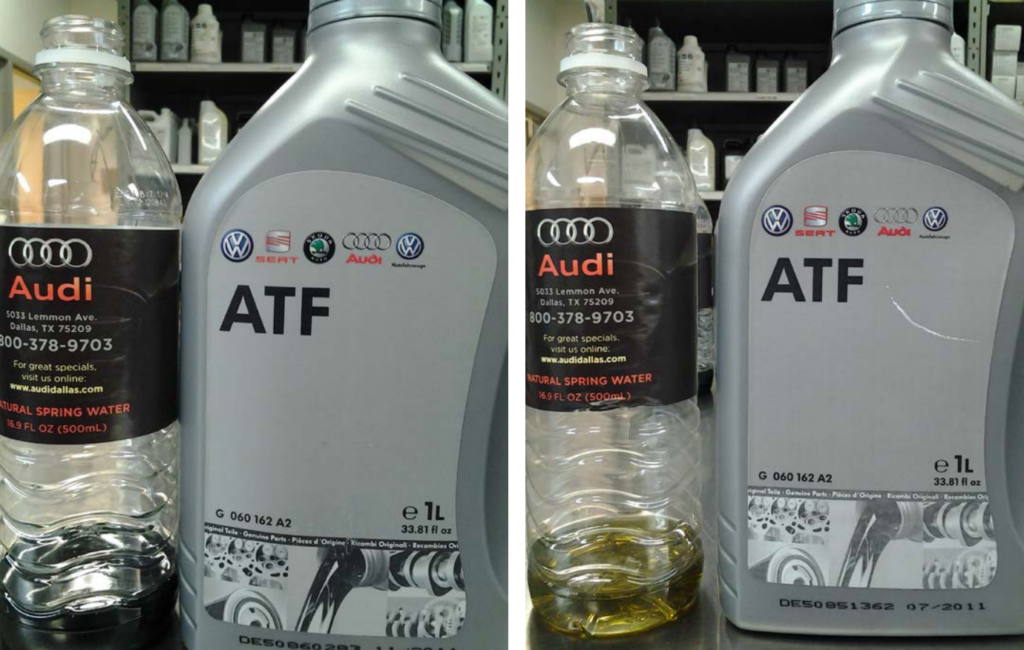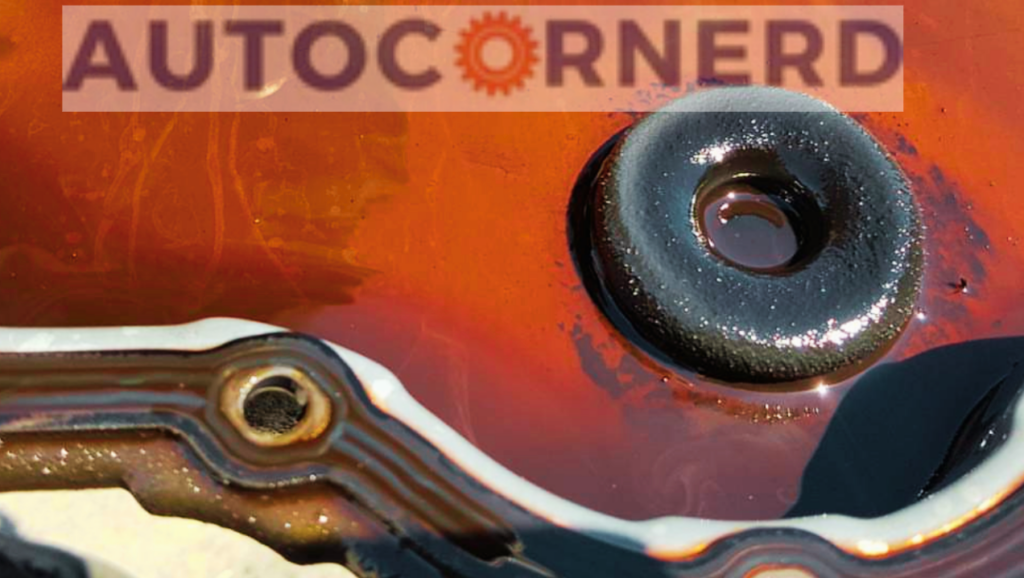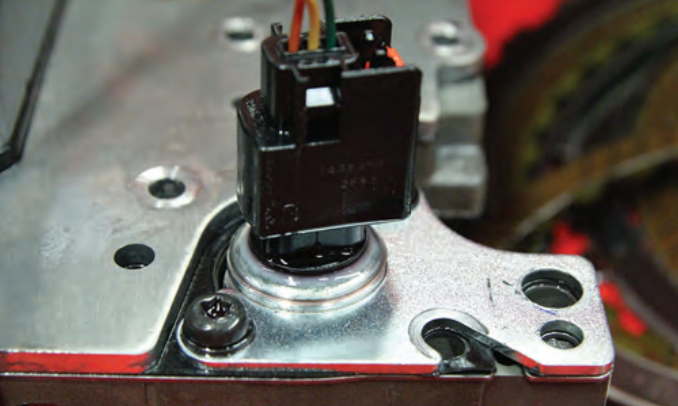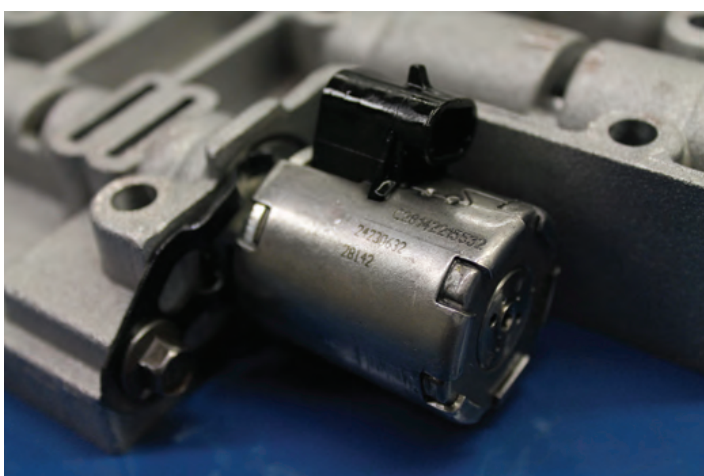Transmission Shifts Hard When Cold? (7 Potential Causes)
Transmission shifts hard in cold temperatures because when the engine is cold, the transmission fluid inside gets very thick. Thick transmission fluid makes it tough for the gears to move easily. This is normal when the engine starts up. The engine takes some time to get hot. As it warms up, the transmission fluid also warms up. Then it gets thinner and moves better. If the shifting stays hard after driving for a bit, the car’s computer may need an update. Or the transmission might need to be replaced fully. The dealer can check that out.
Is your car’s transmission stubborn when you first start up and try to drive? Do the gears seem to violently slam or pause when shifting from park to drive or into higher gears when the engine is still cold?
This annoying issue leaves you with an unpleasant jerky ride for the first few minutes until the transmission fluid warms up.
The transmission needs proper fluid flow to change gears smoothly. In this guide, we’ll look at the common causes and solutions for fixing gearbox hardness when cold.
If your car is vibrating when reverse, you can read my guide on that topic as well.
- Transmission fluid is thicker when cold, making gears hard to shift. Warm up engine for 30 secs before driving to improve fluid flow.
- Dirty fluid causes poor pressure and flow. Flush fluid and replace filter every 60k miles.
- Low fluid level prevents proper pressure buildup. Check level when engine is warm.
- Faulty fluid temp sensor provides wrong input to PCM, affecting shift timing.
- Stuck transmission solenoids won’t open/close properly when cold due to thick fluid.
- Reprogram PCM to reset transmission settings if other fixes don’t work.
Can Cold Weather Make Car Hard Shift?
Yes, cold weather can make the car hard shift. This is because the viscosity of transmission fluid increases at lower temperatures, due to which it becomes thicker.
One misconception people have in mind is that transmission oil isn’t pumped when the engine is cold or in park mode. This isn’t true.
Transmission oil is pumped by a transmission gear pump run that is mounted on the shaft of the torque converter and is run by the engine all the time.
As the engine’s RPM increases, the flow of transmission oil through the pump also increases.
However, at too-cold temperatures, increasing the engine’s RPM for the sake of increasing the transmission oil flow through the pump can cause cavitation and it can also result in hard gear shifting.
Moreover, at colder temperatures, parts of the transmission system start shrinking. As a result, clearances between transmission parts increase, which can cause leakage of transmission oil from seals in the transmission valve body.
An automatic transmission system consists of the following parts that require optimum viscosity of transmission oil to function properly:
- Torque converter
- Transmission solenoid
- Valve body
- Clutches and bands
To learn about torque converters, you can read my guide on what low gear means in the car.
The viscosity of transmission fluid has a major role in shifting gears smoothly as the transmission fluid exerts pressure on the clutches and bands to engage and disengage the gears in the automatic transmission system.
Apart from providing hydraulic pressure to the clutches and bands to work, transmission oil also lubricates moving parts, such as gears, of the transmission system.
When a temperature is cold, the transmission fluid will have high pressure and take more time to flow through the channels in the valve body and exert pressure on the clutches and bands.
As a result, the transmission gets delayed, which leads to hard shifting of the gears. Due to this reason, your car feels sluggish during gear shifting.
Quick Summary About Hard Shifting of Gears in Cold Weather
If the transmission shifts hard when cold, follow these steps:
- First, check the condition of the transmission fluid. If it is dirty and dark black, perform a transmission flush procedure. Use only genuine transmission fluid.
- If transmission fluid is fine, check its level.
- Also, check TFT and ECT sensors.
- Check solenoid valves in the transmission valve body.
- You may have to reprogram the control module if the transmission is still shifting hard.
Why Does Transmission Struggle to Shift When Cold?
Transmission experiences hard shifts in cold starts due to the following reasons:
1. Dirty Transmission Fluid
The transmission fluid (lubricant) is used in an automobile to transfer power from the engine to the drive shaft, lubricate gears and engage clutches and bands by passing through the solenoid.
A dirty transmission fluid causes a problem called “clunk” in the transmission. Your transmission fluid might be dirty because your transmission filter is clogged. It is recommended to flush transmission oil from your engine every 60,000 miles.
When transmission fluid ages, it loses its flow characteristics and lubrication abilities due to impurities. If the transmission fluid degrades, it couldn’t apply consistent pressure to clutches and bands, which causes the gears hard to shift.
To check the health of the transmission fluid, you should first check its color. Fresh transmission fluid is usually light red in color.
Fresh transmission fluid can even be greenish blue or golden in color. As you can see below image, ATF for Audi is available in two different colors, but their properties are the same.

If the transmission fluid is dark in color, the transmission flush needs to be performed. Do note that the torque converter also holds transmission fluid, So, for a transmission flush, make sure to remove the torque converter and transmission pan.
There are magnets on the transmission pan to collect the metal debris. If there is excessive metal debris, there is extreme wear and tear in the transmission system.

Make sure to also replace the transmission filter when flushing the transmission. For a complete transmission flush, an engine may need up to 14 quarts of transmission fluid. Make sure to only use transmission oil recommended by the manufacturer.
2. Low Level Of Transmission Fluid
Low transmission fluid level will prevent building up an optimum pressure inside the transmission, due to which your transmission will shift hard when cold.
If the transmission fluid is fresh, it is important to check its level. Keep in mind that dipsticks of motor oil and transmission oil are different. So, make sure you check the dipstick of the transmission fluid.
To check the transmission fluid level, follow these steps:
- Park the car on level ground.
- Start an engine for a couple of minutes so that transmission fluid heats up and expands. When the engine is cold, the fluid level is low, due to which you may get incorrect readings.
- Locate the dipstick of transmission oil. You can take help from the owner’s manual.
- Remove the dipstick and wipe it off.
- Insert the dipstick, remove it again, and read the fluid level. The transmission fluid level should be between the upper and lower marks.
3. Malfunctioning Transmission Fluid Temperature Sensor
The hard shifting of transmission from gear 1 to 2 when it is cold is normal if it is because of the transmission fluid temperature (TFT) sensor.
When the engine is cold, transmission fluid is too thick to flow through the small holes and passageways easily. But, a faulty TFT sensor can also cause hard shifting if it gives wrong readings.
You can check the error codes saved in the engine’s memory using this OBD2 scan tool. Error codes from P0710 to P0715 usually mean a bad TFT sensor.
“Note that Transmission fluid temperature is linked to line pressure”
- Low Line Pressure = Soft Shifting/Clutches and bands slip
- High Line Pressure = Harsh Shifting
The transmission fluid temperature sensor detects the oil’s temperature. It informs the transmission control module (TCM).
The TCM then sends a signal to the engine control module (ECM) telling it to set the optimum engine RPM.
When the engine is cold and the transmission oil temperature is cold, the engine computer will delay the gear shifting to allow higher engine RPM (the engine reaches higher RPM quickly when the vehicle is in low gear) and help the engine warm up to the normal operating temperature faster.
The faster the engine reaches operating temperature, the more efficient it is and the lesser emissions it will produce.
However, if the transmission fluid temperature sensor malfunctions, the PCM will not receive the correct input signal, and will continue to think the transmission is cold.
As a result, your transmission will experience delayed shifting, and your engine may sluggish.
How to detect?
The transmission oil temperature sensor shows the heat of the transmission fluid. You can see this temperature on a scanner tool.
When your vehicle sits overnight, the sensor reading should be close to the outside air temperature. So if it was 70°F overnight, the sensor will read about 70° too after sitting.
If the reading stays under 68°F after running over 20 minutes, the vehicle’s computer will think something is wrong with the engine.
Also, if the transmission temperature is still 110°C or more after 20 minutes from starting the engine cold, the computer will detect a fault.
4. Malfunctioning Engine Coolant Temperature
The PCM uses engine coolant temperature sensor (ECT) reading not only for optimal combustion but also for transmission operation. ECT sensor is installed in the coolant passage so that it measures the temperature coolant and tells the PCM at what temperature the engine is running.
Similar to the TFT sensor, the PCM also senses engine temperature through ECT and decides the gear shift timing based on the engine’s temperature.
If the engine is cold, the PCM will delay the shift to allow the engine to warm up faster and allow for more consistent engine and transmission operation.
You can use this scan tool to read the coolant temperature sensor reading. If the coolant temperature is extremely low i.e. less than -40°F during cold starting, it means either a coolant temperature sensor is bad or its wiring is faulty. In my guide on P0128 code, I have explained the process of diagnosing a faulty ECT sensor.
Note 1: Some engines have two ECT sensors. One sensor is for the temperature gauge on the instrument cluster, and another one is probably to control the radiator fan. So, make sure to check the correct one. A correct ECT sensor is usually installed closer to the thermostat, engine block and radiator hoses.
Note: 2: An ECT sensor cannot accurately read engine coolant temperature when the coolant level is low or the coolant is dirty. Before replacing the ECT sensor, make sure the coolant quality is good and its level is up to the proper level. Moreover, the thermostat is operating properly on the vehicle. If the thermostat is stuck open, the engine will take a lot of time to warm up.
How to test?
Follow these steps to test the ECT sensor:
- Immerse the tip of the sensor in the water.
- Connect a digital ohmmeter to the two terminals of the sensor.
- Using a calibrated thermometer, compare the resistance of the sensor to the temperature of the water. Refer to the engine coolant sensor temperature vs. resistance
illustration. - Repeat the resistance at other temperatures by heating or cooling the water.
- If the sensor does not meet the specification shown in the temperature versus resistance chart, it must be replaced.
You can watch this video to learn more:
5. Malfunctioning Transmission Line Pressure Sensor

You will find a transmission line pressure sensor on the valve body, next to the pressure control solenoid.
Transmission line pressure sensors (TLP) are used in automatic transmissions to measure the pressure of transmission fluid in the valve body and send signals to the engine control module so that it can decide when to open the pressure solenoids in the valve body and maintain a desired transmission oil pressure for gear shifting.
So, you also have to check the transmission line pressure sensor if your transmission is shifting hard when cold.
6. Bad Electronic Control Solenoid

A solenoid is a hydroelectric valve in the valve body of the automatic transmission that causes the transmission fluid to flow into the respective circuits at the correct time is a solenoid.
The control solenoid of transmission can become stuck opened or closed due to dirt particles in the transmission fluid and can cause hard shifting of transmission when cold.
This has also been included in the TSB of 2015-16 Santa Fe (NC) models for hard shifting of transmission when cold.
If the condition of the transmission solenoid is already bad, the thicker transmission fluid at extremely colder temperatures will worsen the condition of solenoids, due to which they will not operate under the action of voltage pulses sent by the ECU.
The opening and closing of the pressure control solenoid are controlled by voltage signals sent by the ECU. When the solenoid is opened, transmission oil under pressure passes through it to engage or disengage clutches and bands and shift gears.
There are different types of control solenoids in transmission. These include pressure control solenoid and shift control solenoid.
The pressure control solenoid controls the line pressure and the shift control solenoid controls gear shifting.
Many four-speed automatic transmissions use 2 shift control solenoids to control the transmission. With the addition of more gear ratios, more shift solenoids have to be added to the transmission.
Electronic solenoids are controlled with the pulse width modulation process. The frequency of the electrical current applied to the solenoid is varied by opening and closing the solenoid at a fast rate to create different voltage pulses.
The frequency is varied according to the desired amount of time that the valve is open. The longer the solenoid is opened, the higher the voltage is supplied.
The duty cycle of a transmission solenoid is a percentage of the total time for which a solenoid is kept open. For instance, if the solenoid is opened for 20 seconds and closed for another 20 seconds in 40 seconds cycle time, the duty cycle of solenoid will be 50%.
So, if line pressure is 200 psi, a 50% duty cycle pressure control solenoid will reduce the pressure to 100psi, and the remaining 100psi pressure will be exhausted back to the transmission pan.
I found below Youtube video below quite helpful to test transmission solenoid:
7. PCM Needs To Be Reprogrammed
Sometimes PCM needs to be reprogrammed if your transmission is shifting hard when cold. This was a problem in some Toyota Sienna models after they introduce the 8-speed transmission.
Automatic transmissions are tied to different sensors and control solenoids for gear shifting.
So, after reprogramming the PCM, the hard-shifting problem of transmission might get resolved as the reprogramming of the PCM resets it to the factory default settings. But, this should be your last step after checking all possible causes as reprogramming of PCM is a bit costly.
Some Precautions To Prevent Hard Shifting of Transmission When Cold
When your vehicle is in park mode and the engine is too cold, transmission oil has very little flow momentum to pump through the transmission system components from the transmission pan.
As you start the engine, don’t start pushing the gas pedal straight away. If you have a modern engine, give it around 30 seconds to warm up while idling so that engine could reach its maximum performance.
After around 30 seconds, you start driving slowly as driving helps modern engines warm up faster rather than running them at idle for long periods.
Some First Hand Experiences Shared By Users In Different Communities
Our team conducted research across various online communities, forums, and subreddits to gather user comments and opinions on “Transmission shifting hard when cold”.
User 1 says:
Had this issue with my ’06 Honda Accord. Every winter morning, the transmission was jerky during the first few shifts. I did some research and found that low transmission fluid can cause this. Sure enough, I was running low. Topped it off, and the problem vanished!
User 2 says:
Had this with my ’14 Volkswagen Jetta. It was shifting hard when cold. A buddy mentioned checking the transmission mount. Turned out, the mount was cracked. Replaced it and the problem was solved. Runs smooth now, even in cold weather.
User 3 says:
My Toyota had hard shifting issues in the cold. After some research, I found out that the shift solenoids can stick in low temperatures. Replaced the solenoids, and the transmission has been working fine ever since.
User 4 says:
My 2015 Dodge Charger had this issue. It was shifting hard when cold. Turns out, the transmission control module needed a software update. Did that and it fixed the problem.
How did you fix your issue of transmission shifting hard when cold? Please vote.
[yop_poll id=”17″]
